- Sellacopter - List it. Sell it. Done.
- 1-855-SELLACOPTER


A Brief History of Helicopter Evolution and Advancement
The helicopter, a vertical flight aircraft capable of hovering and flying forwards, backwards, and laterally, has come a long way since its inception. From early designs to modern technological advancements, the helicopter has undergone a significant transformation, making it a valuable tool for both personal and commercial use. In this blog post, we will explore the history of helicopter evolution and advancement.

The concept of the helicopter dates to the early 15th century when Leonardo da Vinci designed a flying machine that looked like a helicopter. His sketch of the Aerial Screw is seen as the earliest designed vertical take-off and landing (VTOL) aerial machine. However, it wasn’t until the twentieth century that the first successful helicopter was developed. In 1939, Igor Sikorsky, a Russian-American inventor and engineer, created the first successful helicopter, the VS-300. This design laid the foundation for modern helicopter design and opened the door for further innovation.
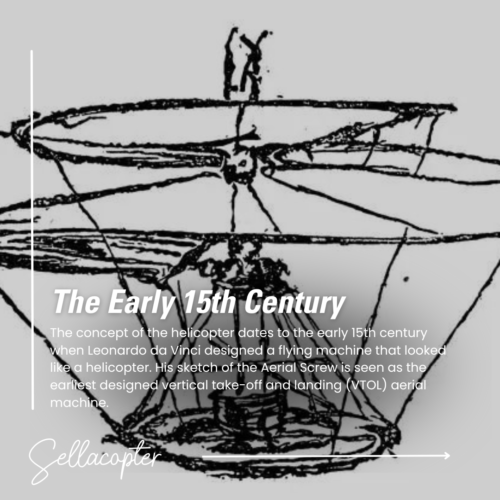
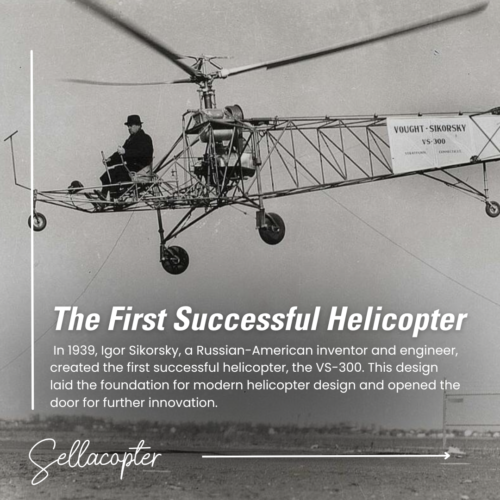
During the Second World War, the helicopter was introduced as a tool for military use. The military quickly saw the value of the helicopter for reconnaissance, transportation, and rescue missions, leading to rapid advancements in helicopter design and technology.
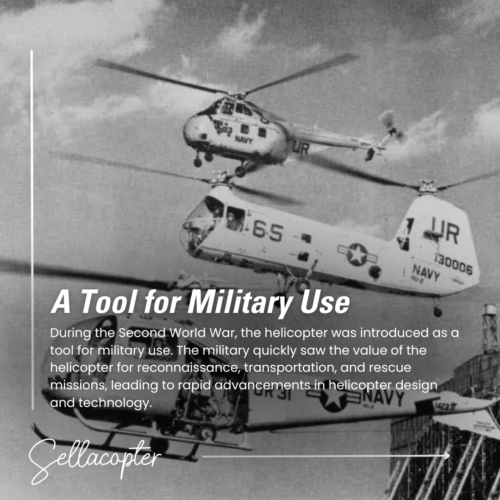
After the war, helicopter development continued at a rapid pace. In the 1950s, helicopter manufacturers introduced new technologies, such as turbine engines and dynamic components, making the helicopter a more versatile and reliable mode of transportation.
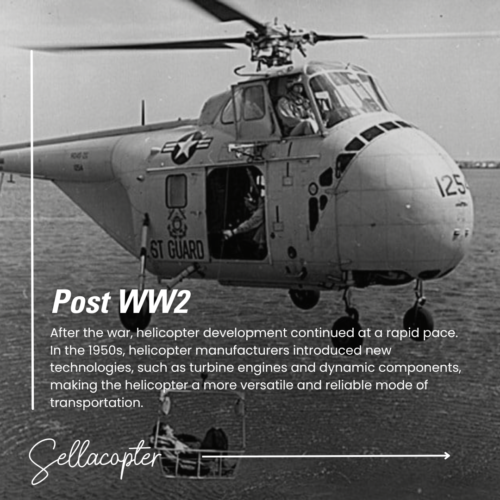
The Emergence of Civilian Helicopters
In the 1960s and 1970s, civilian helicopters began to emerge, providing new opportunities for personal and commercial use. The first civilian helicopter, the Bell 47, was introduced in 1946. Since then, the civilian helicopter market has continued to grow, with current models and designs being introduced regularly.
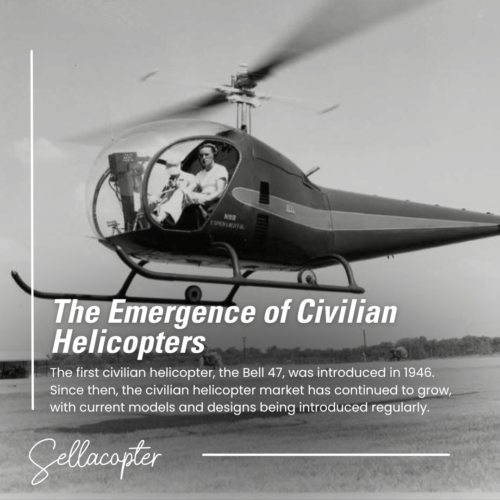
Today, the helicopter has undergone significant technological advancements, making it safer, more reliable, and more efficient than ever before. State-of-the-art technologies such as GPS navigation, advanced avionics and safety features, have made the helicopter a valuable tool for both personal and commercial use.
Helicopters as we know them today have been on a journey of innovation, experimentation, and improvement. From early designs to modern technological advancements, the helicopter has come a long way since DaVinci’s first drawings more than 500 years ago. With continued advancements in technology and design, the future of the helicopter looks bright, and we can expect to see even more exciting innovations in the coming years.
